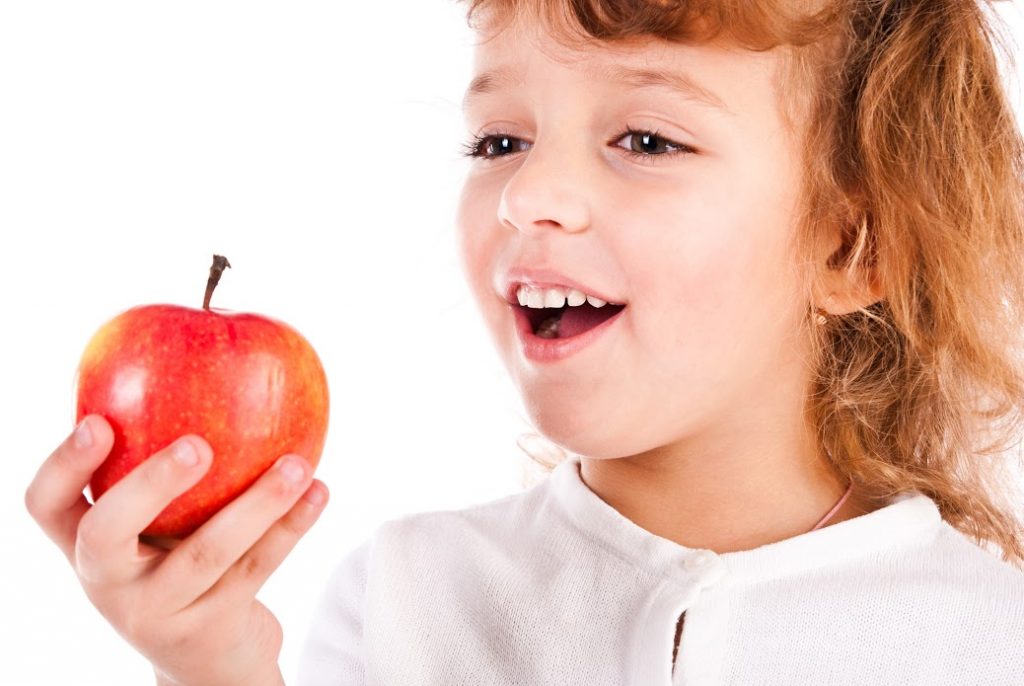
For many kiddos, rice is a staple food. Many babies enjoy rice cereal as their first taste of solid food, while rice cakes make a common snack for toddlers to quell hunger pangs. However, increasing evidence is showing a disturbing link between the amount of inorganic arsenic found in brown and white rice and harmful effects in children’s immune systems.
In an article published in JAMA Pediatrics, a study showed that twice the level of arsenic was found in the urine of infants who ate brown or white rice versus those infants who ate no rice. Babies who ate rice cereal typically had the highest levels of arsenic in their urine -– most likely because rice cereal is usually fed to babies several times a day as a way to introduce solids into their diet. In April, the Food and Drug Administration proposed a limit of 100 parts per billion of inorganic arsenic in infant rice cereal; however, this proposal is still in the public-comment phase. The European Food Safety Authority, however, has already passed this same limit on rice products within its respective countries.
“Arsenic is a known carcinogen that can influence risk of cardiovascular, immune and other diseases,” said Margaret Karagas, an epidemiologist who studies the effects of toxic metals at Dartmouth College, and the lead researcher on the new study. “There’s a growing body of evidence that even relatively low levels of exposure can have an adverse impact on young children.”
Earlier research, conducted as far back as 12 years ago, showed that even small amounts of arsenic can negatively affect a child’s neurodevelopment. A study done in Bangladesh in 2004 revealed that children exposed to arsenic in drinking water scored significantly lower on tests examining their intelligence. A 50% increase in arsenic levels in urine can be expected to decrease IQ by 0.4 points in children between the ages of 5 and 15.
Exposure to arsenic can greatly affect a baby’s health even when it’s still developing as a fetus. In 2013, a study tested the effects of inorganic exposure to babies in utero, revealing that low levels resulted in an increased risk of infant respiratory infections for babies during their first four months. For pregnant women who ate a significant amount of rice, exposing their babies to the highest levels of arsenic, the risk of severe infections that required antibiotics was greatly increased.
Rice is especially susceptible because of how it’s grown and its absorption capabilities. Arsenic is naturally found in soil, water, and the air, and because rice is grown in water and is particularly potent when it comes to absorbing elements, it’s a prime target for inorganic arsenic – the most toxic type. According to the FDA, rice has the highest concentration of inorganic arsenic of any food, a concerning fact given its frequency on so many countless dinner and breakfast tables. Unfortunately, imported rice is not the only culprit. In fact, U.S.-grown rice has some of the highest concentrations of arsenic worldwide. And both white and brown rice are equivalently bad, giving parents and consumers very little choice.
So, what is a parent to do? According to numerous pediatricians, it’s time to toss the rice cereal. Not only is it high in arsenic levels, it also offers little in the way of nutrition and sets up an infant for a lifetime of craving white carbs. Instead, give your infant, as a first food, a variety of grains –- oats, barley, wheat, and quinoa. Also, start your infant young on veggies, such as avocado, pureed veggies, peanut-butter oatmeal, and salmon. These foods are high in nutrients needed by babies, and begin cultivating your baby’s taste buds to prefer healthy foods. These choices may also help decrease the risk of food allergies. So, next time you reach for the rice cereal, consider opening the crisper, instead, and puree your infant some healthy, yummy, and toxin-free veggies.

















